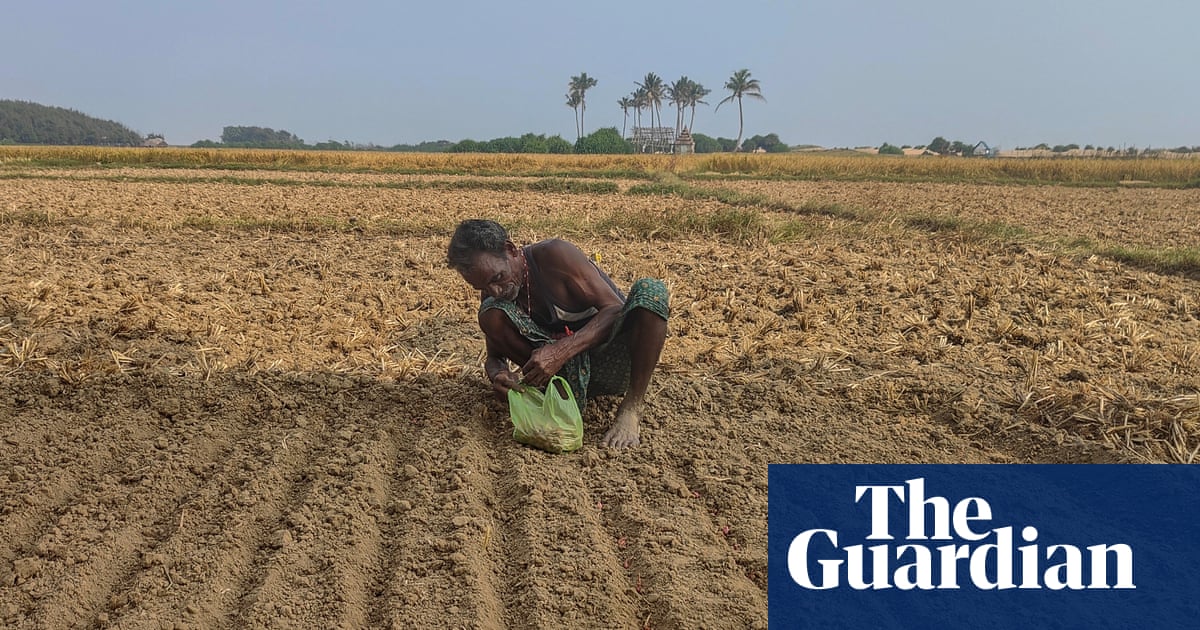As the sea inundates Odisha’s coastline, livelihoods have withered with the harvest and weddings are a rarity as young women refuse to move to areas where they see no future
In Udaykani, a coastal village in the east Indian state of Odisha, the walls of houses were once adorned with the marriage motifs of conches and shehnais, an oboe-like instrument played at weddings, considered auspicious for bride and groom. Today, the designs have faded. The village, once a hub of joyous celebrations, has not welcomed a bride in more than a decade.
With the sea on one side and fields on the other, Udaykani, along with neighbouring Tandahar village, was hit hard by a super-cyclone, the most intense ever recorded in the northern Indian Ocean, that lashed the state 25 years ago. Along with the growing environmental volatility of the Bay of Bengal over the years, it has meant a rise in soil and water salinity and subsequent loss of agricultural land, livelihoods and marriage prospects.
“When the soil turned salty, our crops shrivelled,” says Vaidehi Kardi, 64, a Tandahar resident. “Gradually, the water too turned salty and our lives withered. It has become difficult to get our sons married. Everyone feels our village is not safe any more.”
With its 4,700-mile (7,500km) coastline, the Indian subcontinent is exposed to nearly 10% of the world’s cyclones, according to India’s National Disaster Management Authority. Most form over the Bay of Bengal and strike the eastern coast. The Bay of Bengal records four times as many cyclones as the Arabian Sea on India’s western coast. Between 2020 and last June nine cyclones hit the Bay of Bengal.



Gotta move to the city where they’ll never own property.